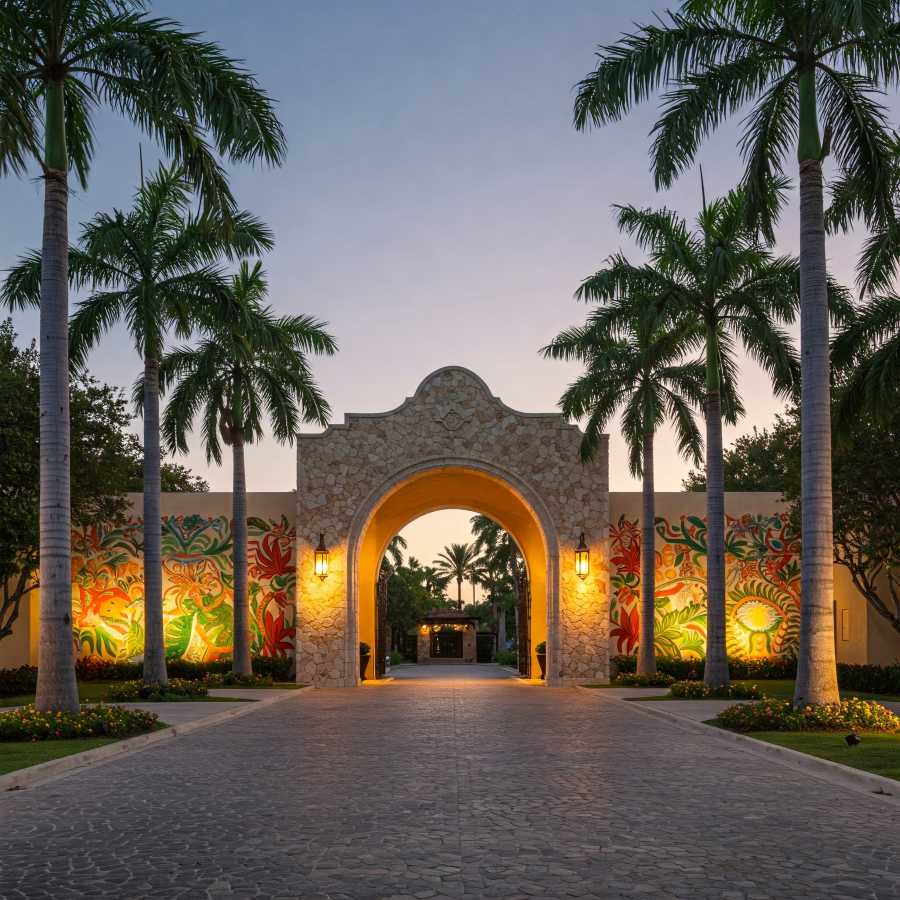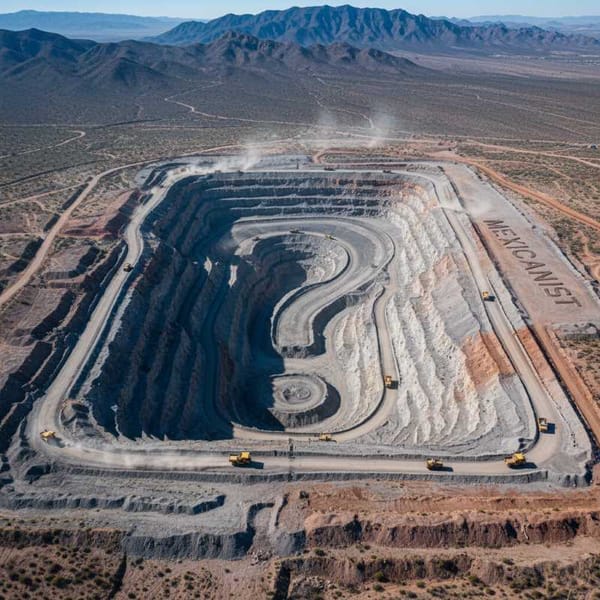Yucatan Property Values Climb as Mayan Train Project Drives Investment
Mexico's Mayan Train fuels a SE real estate boom. Property values rise >10% yearly (Cancun +13.6%). It attracts long-term investment, spurs luxury/sustainable projects in Yucatan, and draws dedicated financial backing.

Mexico's southeastern region, long known for its tourist draws, is transforming into a hotbed for real estate investment, with property values showing significant annual appreciation exceeding 10%, developers and market data suggest. The massive infrastructure project known as the Tren Maya is emerging as a primary catalyst, breathing new life into the sector and attracting long-term capital.
Cancún, a perennial tourism powerhouse, stands as a prime example of this trend. The city is experiencing a renewed surge in real estate activity directly linked to the train project, according to Ing. Carlos Andrés Sarzo Carrillo of the Maraya real estate development firm. "The Tren Maya is giving a second wind to this sector," Mr. Sarzo noted, highlighting the project's influence even before its full operational rollout.
The national picture reflects sustained growth in Mexico's real estate industry, hitting record figures recently. However, the impact is particularly pronounced in the development hubs benefiting from the Tren Maya's planned route across the Yucatán Peninsula. Mr. Sarzo emphasized that the train project began generating significant economic spillover ("derrama económica") several years ago, laying the groundwork for the current investment wave.
This momentum is attracting investors looking beyond short-term gains, fostering a market for long-term property acquisition and diverse development projects. The activity spans commercial, industrial, and logistical facilities, complementing the burgeoning residential market.
Data from Mexico's Sociedad Hipotecaria Federal (Federal Mortgage Society) corroborates the boom. Last year, Cancún registered a notable 13.6% increase in property value appreciation (plusvalía). This placed the city third nationally among those with the highest gains, trailing only Los Cabos and La Paz in Baja California Sur. While the Baja cities benefit significantly from their proximity to the U.S. border market, Cancún's performance underscores the powerful localized effect of the Tren Maya.
The project's influence extends beyond direct construction impacts. Mr. Sarzo explained that the favorable context has spurred the emergence of financial firms specifically dedicated to backing real estate developments in the region. These entities are projecting ambitious, long-term investment proposals centered on properties poised to benefit from the enhanced connectivity and economic activity the train promises.
Investor appetite is particularly strong in key locations across the Yucatán Peninsula, including Mérida, Cancún, and Playa del Carmen. Developers are responding with increasingly sophisticated offerings, focusing on luxury projects that integrate high technology and emphasize sustainability – features aligning with both the region's natural appeal and modern market demands. The combination of the Mayan cultural heritage, the natural beauty of the peninsula, and now, enhanced infrastructure, is proving a potent mix for attracting capital.
The Tren Maya, therefore, is not merely a transportation project but a significant economic engine reshaping the investment landscape of southeastern Mexico, driving property values and creating a new frontier for developers and long-term investors seeking growth opportunities in the region.




